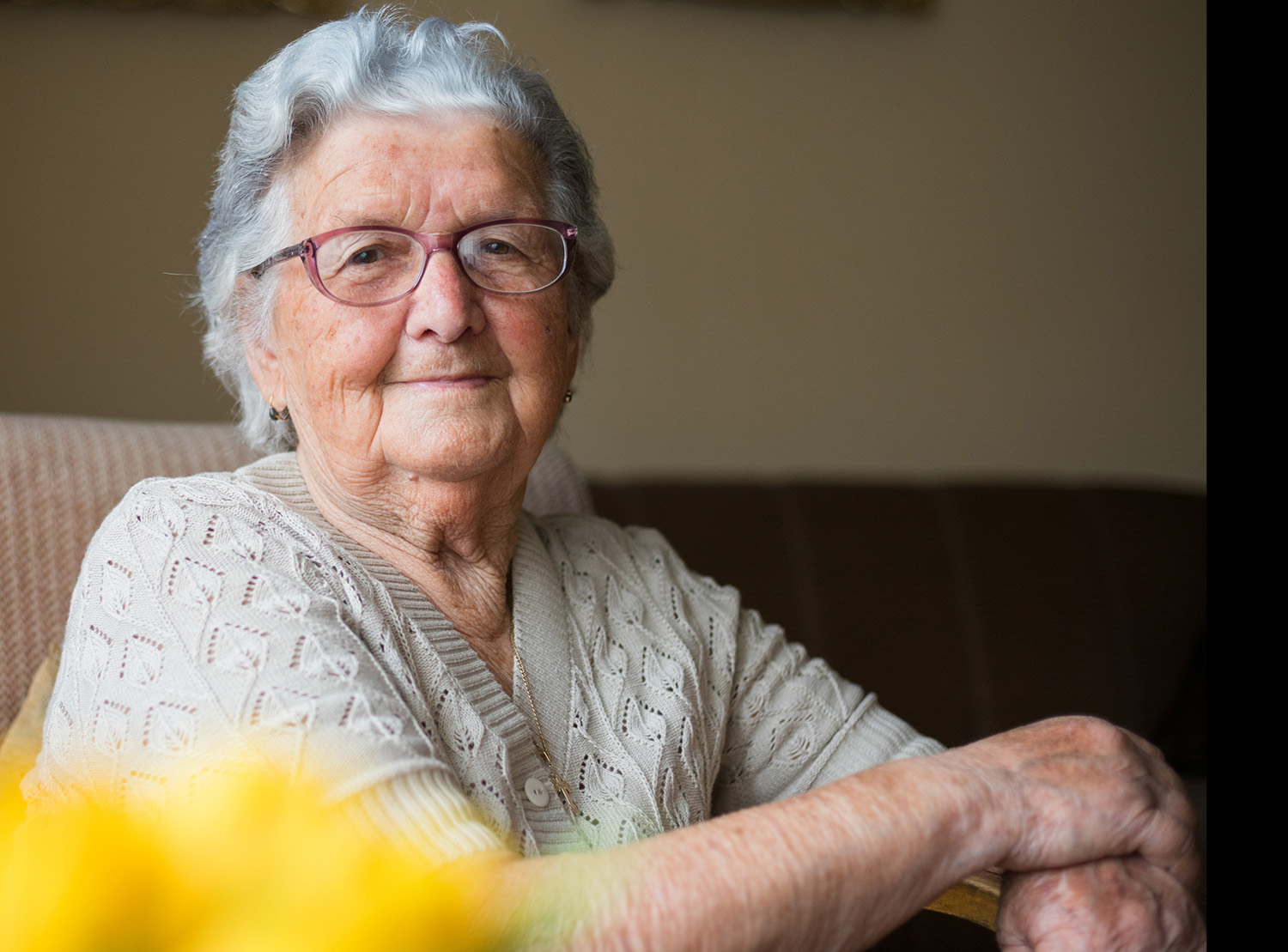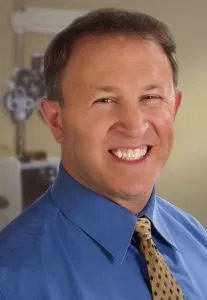
“It’s gratifying that I am able to help people in such need with the skills I have, by making them accessible to people.”
While performing eye exams in nursing homes, Todd Winkler, an optometrist practicing in Cincinnati since 1995, realized there was an unseen, underserved population and took action. In January 2019, Dr. Winkler started Eye on Convenience, a mobile service to provide high quality eye care to those patients who can’t get to an eye clinic.
Dr. Winkler initially assumed his mobile business would be a mix of house calls for patients who simply wanted the convenience of personalized service, those of limited mobility such as the elderly, and people homebound by illness or injury. He quickly found the greatest demand was from this last group. “I have patients who are not only homebound, but bed-bound,” he said. Moreover, they often have conditions like diabetic retinopathy worsening their vision, as well as age-related conditions like macular degeneration, glaucoma, and cataracts.
Dr. Winkler launched a website to attract patients but found that since the mobile vision care business is so new, people didn’t even think to look for it. “It was like expecting people to search for flying cars—they either think there’s no such thing, or if there is, it must be expensive.” He quickly adapted to getting referrals from senior care agencies and physician practices that make house calls. Regarding affordability, Dr Winkler states that even those visits that are not covered by Medicare often cost less than the fees that would be incurred by hiring a transportation service to bring a patient to and from an eye clinic. It also relieves the burden on caregivers, like friends and family, who might otherwise also have to spend a lot of time getting their loved into the clinic, he noted.
Dr Winkler has a sedan filled with examination equipment and a selection of frames, so patients found to be in need of glasses can get their prescriptions fulfilled directly from a lab a few days after their exam. A big part of the visit, however, is the management of the equipment.
“From a physical standpoint, it can be hard. Some of it is quite heavy,” said Dr Winkler. “And I’ve got to set it up and take it down…it takes time. For example, I carry an actual phoropter, which I mount to a custom-made tripod.”
Among his instruments, Dr Winkler has a QuickSee binocular wavefront autorefractor. He knew he would need a tool for objective refraction so QuickSee was included from the beginning. QuickSee’s portability and ease of use make it the best choice for autorefraction, given his mobility needs and the patient conditions he finds.
“QuickSee gives me a computerized prescription estimate,” said Dr Winker, “so I can more quickly and accurately determine their final prescription. Without it, I would have to perform a retinoscopy which is time consuming and less accurate…just much more difficult. With QuickSee, once I align it, I press the button and it takes 10 seconds to measure.”
New tools like QuickSee, combined with his personalized service, make a big impact on Dr. Winkler’s patients. “The equipment gives them confidence that they’re benefitting from cutting edge technology, that they’re getting a very high-quality exam even without the office visit.”
Todd Winker, OD
Eye on Convenience
Cincinnati, Ohio
www.eyeonconvenience.com

Please note: Our Privacy policy and Terms of service were updated on September 30, 2025
Are you ready to learn how to use QuickSee Free / Free Pro effectively? Tell us about yourself and your circumstances and we will reach out to arrange a training session with you.